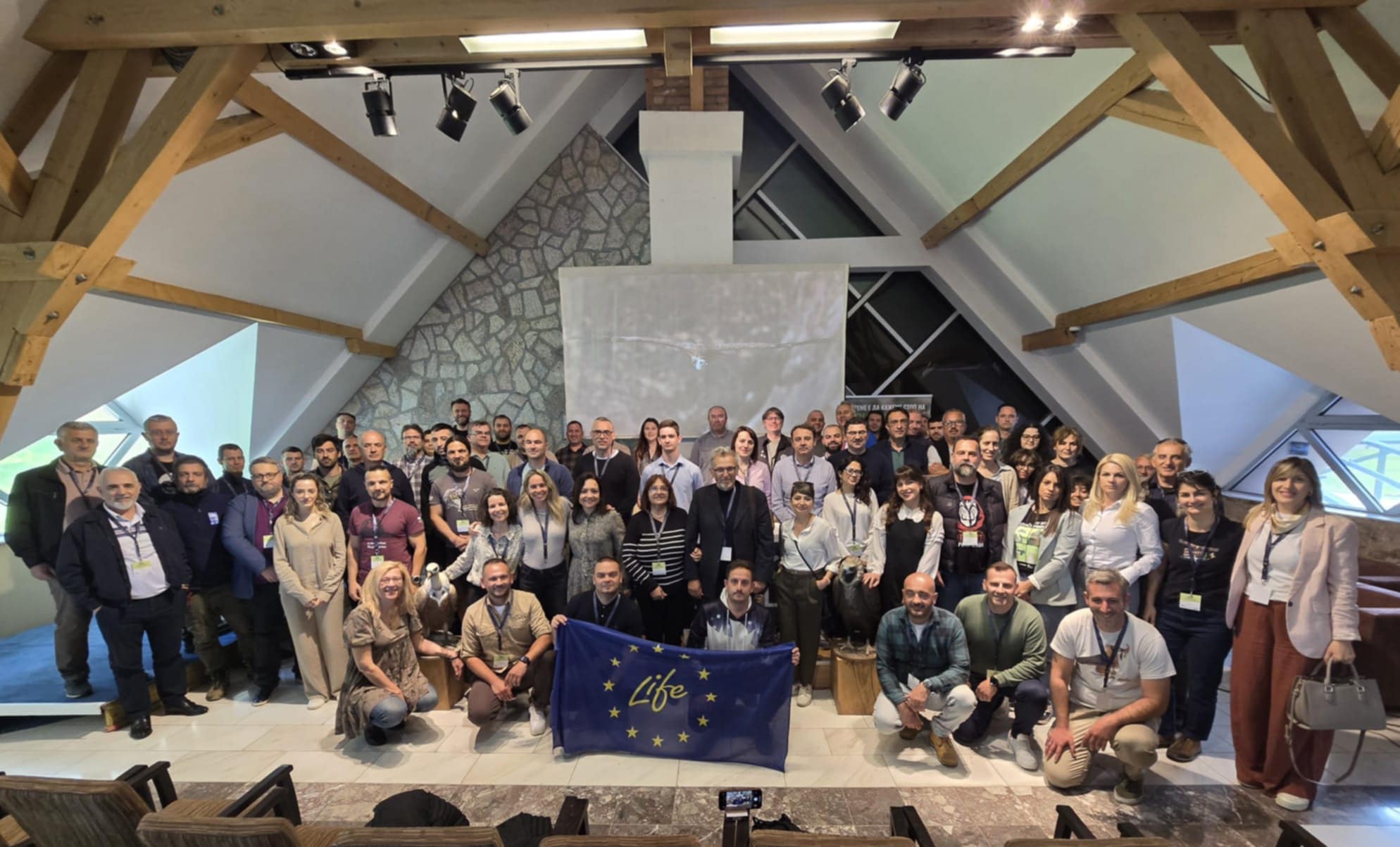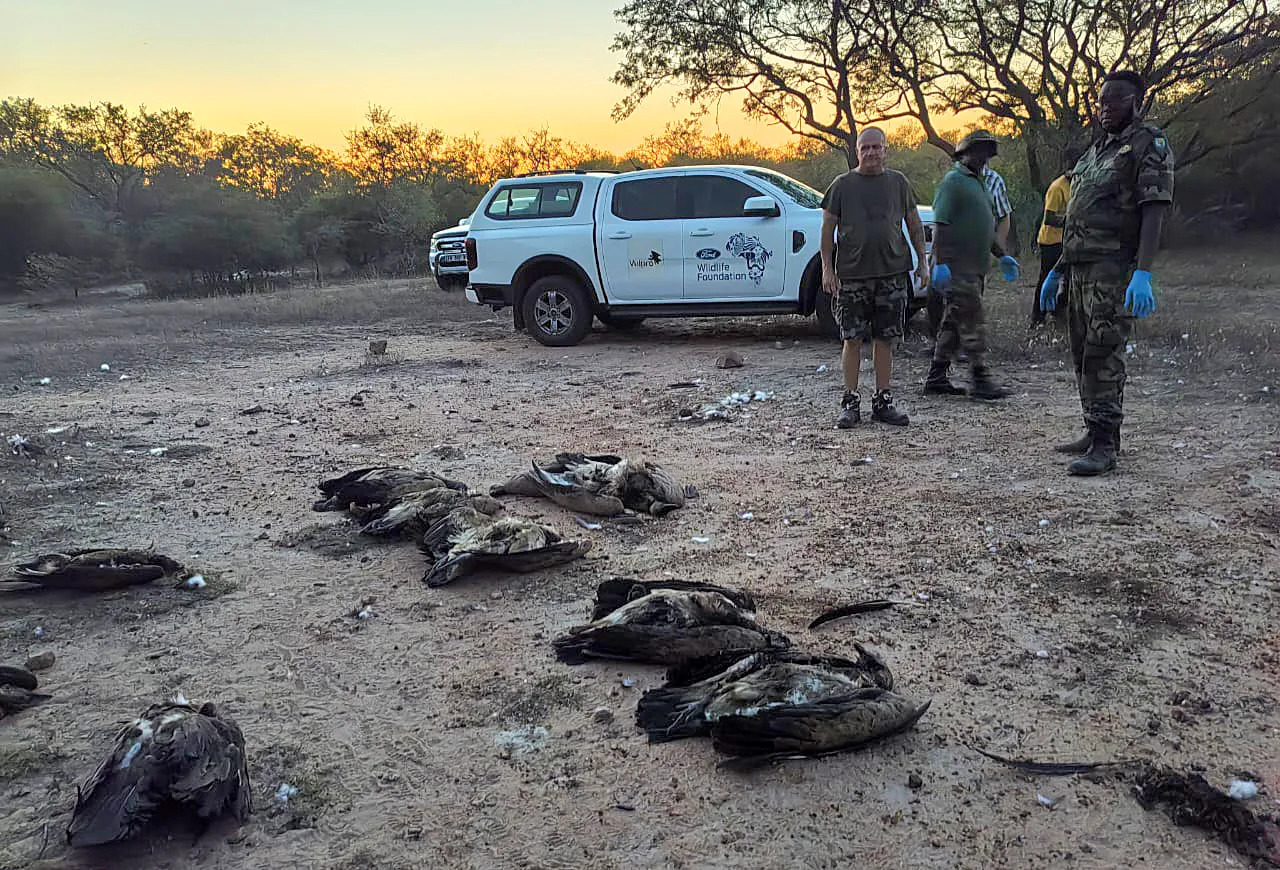
The Vulture Conservation Foundation (VCF) supports the Stolen Wildlife campaign to help raise awareness about vulture poisonings. The campaign released the second series of awareness photographs today. Together with several Czech zoos and other conservation organizations, it points out to vulture poisonings, coral trafficking, and killings of tigers for the traditional Asian medicine and more.
Stolen Wildlife Campaign
Stolen Wildlife, a joint campaign of The Kukang Rescue Program and Ostrava Zoo informing about the background of the illegal wildlife trade was officially launched in mid 2018. Since that time, awareness photo-panels have been placed in 14 Czech and Slovak zoos and the exhibition has succeeded in an international photography contest. Now, the campaign is launching its second series of photographs. The awareness raising is again joined by several Czech zoos together with other conservation organizations, such as the Czech Society for Ornithology, Global Tiger Forum, WildAid, TRAFFIC and us here at the VCF.
Reaching millions
The Stolen Wildlife is an educational campaign that is quite unique in the Czech and probably also in the European environment. Its aim is to inform the public about the background of illegal trade in wild animals, their body parts and products made from them taking place mainly in the Czech Republic, or in Europe. This joint campaign of The Kukang Rescue Program and Ostrava Zoo, based on many years of experience of Pavla Říhová, Head of the Department of International Biodiversity Protection and CITES of the Czech Environmental Inspectorate, was officially launched in June 2018 and soon got under the auspices of the Ministry of Environment of the Czech Republic. Altogether 14 Czech and Slovak zoos, several schools and offices have exhibited 10 photo-panels about ivory trade, rhino horns, souvenirs, feline furs, traditional Chinese medicine, etc., created on the basis of photographs by Lucie Čižmářová, field zoologist of the Olomouc Zoo and a photographer. Millions of people thus had the opportunity to learn shocking facts about the extent of the illegal wildlife trade. The fact that this is a problem concerning the Czech Republic as well is evidenced by the fact that all body parts and animal products in these photographs were confiscated by the Czech control authorities in the Czech territory.
Releasing a new series of educational photographs

Today, the Stolen Wildlife officially releases a new series of 6 educational photo-panels. It highlights the widespread issue of poisoning animals, especially birds of prey and vultures, with carbofuran, as well as the illegal trade in corals, the use of bears for their bile, illegal killing of cetaceans or killing tigers and processing their bodies for traditional medicine.
Since January, the exhibition of the second series of Stolen Wildlife photographs has been exhibited for the first time in the Ostrava Zoo, Prague Zoo, Dvůr Králové Safari Park, Jihlava Zoo, Olomouc Zoo, while visitors to the Hluboká Zoo will be able to see it there from February. In the summer of 2018, Ostrava Zoo was the first institution to present photographs of the first series of Stolen Wildlife in the form of a trail. The second series is now presented in the same way. “I am very pleased that we have managed to join forces with so many leading zoos and other conservation institutions and together draw attention to the serious problem of illegal trade in wild animals, which also affects many Czechs,” says the Ostrava Zoo director Petr Čolas.
For the first time this year, the Stolen Wildlife in both series appeared in Prague Zoo and Dvůr Králové Safari Park. In addition to zoos, also other conservation organizations are joining the promotion of the Stolen Wildlife campaign, such as the Czech Society for Ornithology and us at the VCF which fight against poisonings of birds of prey and vultures with carbofuran, the Global Tiger Forum, which aims to protect tigers, and WildAid and TRAFFIC combating the global illegal trade in wild animals and plants and the products made from them.
The campaign has been also recognized internationally – it has been repeatedly promoted by the World Association of Zoos and Aquariums (WAZA), and both series of photographs by Lucie Čižmářová and their story have succeeded in the International Photography Awards (IPA). “We are very pleased with the feedback of the conservation world both in the Czech Republic and abroad. It is yet another way of spreading awareness about the little-known background of the illegal wildlife trade, which after the trafficking in drugs, weapons and people is considered the most lucrative branch of illegal business in the world,” František Příbrský, director of the Kukang Rescue Program, explains.
Both series of Stolen Wildlife photographs intended for educational purposes are provided to zoos and other institutions free of charge.
Adapted from original text by Lucie Čižmářová




